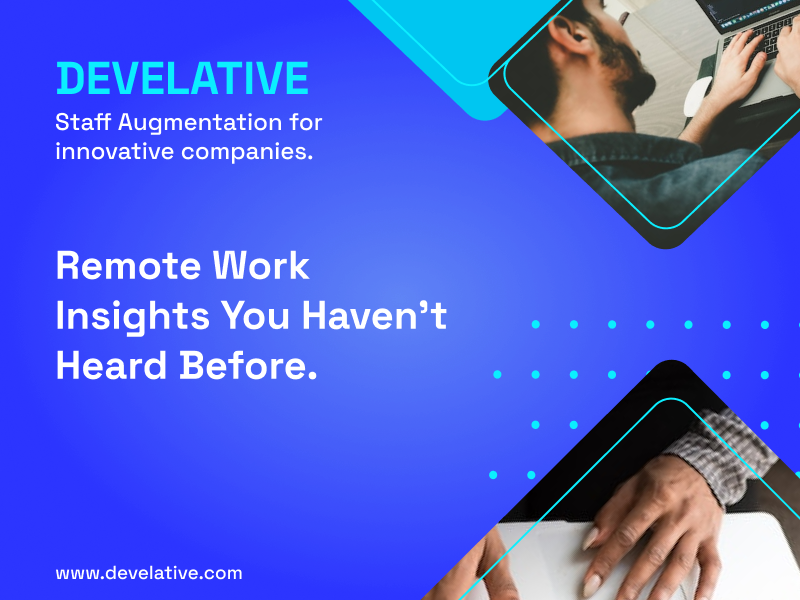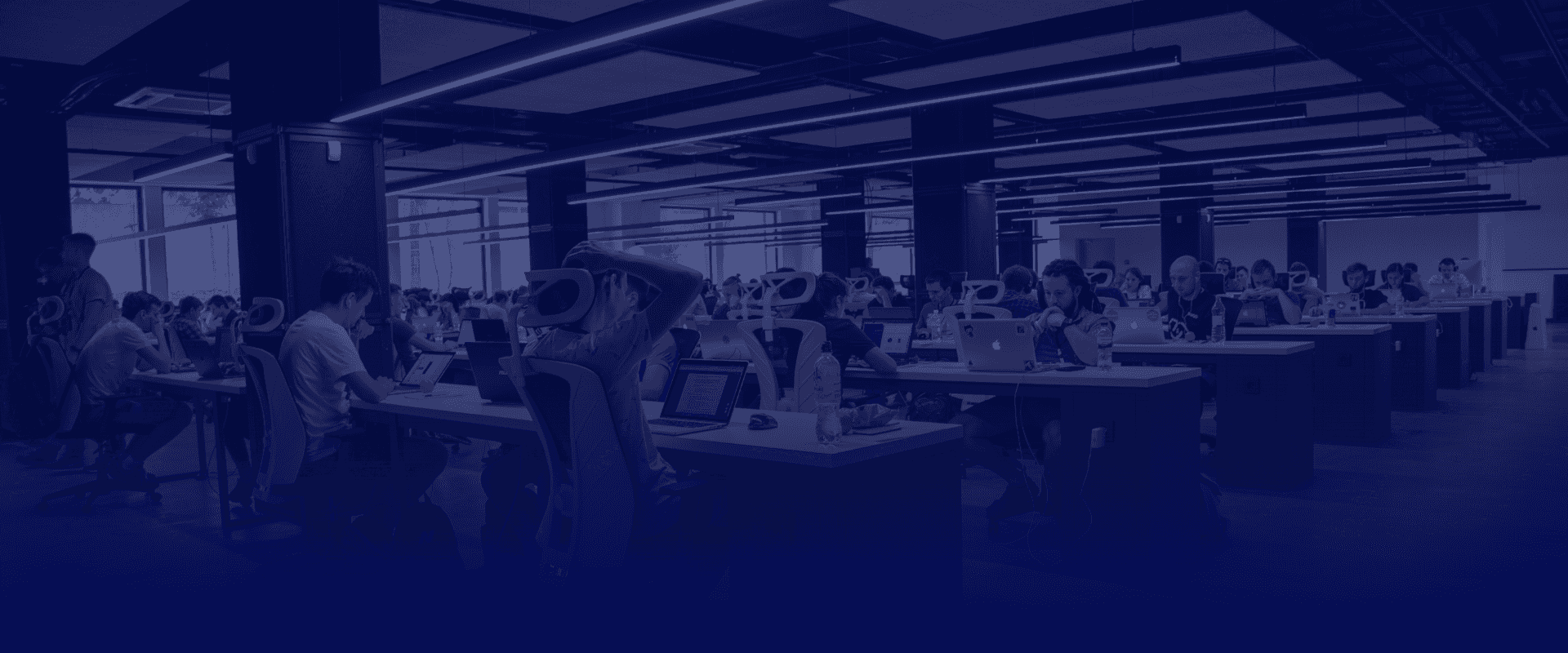
Remote work is becoming more common all the time, yet the arguments for it seem frozen in time. Yes, hiring people who can work anywhere gives you a bigger, more diverse pool of talent, lowers attrition, and may offer cost savings in salaries or office space. But the biggest benefits of remote work are a lot more subtle — and more powerful — than you’d expect.
Indeed, what makes remote teams so effective is that they’re breeding grounds for trust — the key ingredient for high-performing workplaces. That probably sounds counter-intuitive to you. But after more than two decades of working on and running remote teams, I’ve discovered several surprising truths about remote work.
Different flavors of remote work have different characteristics
Remote work comes in several flavors, each of which has different dynamics, so let’s start by defining our terms.
In mostly in-person companies, the majority of employees work from HQ and a few people or specialized teams may work remotely (like sales or customer support). Individuals may work from home occasionally, but most of the work is with people who are colocated — that is, they share the same physical space.
In satellite setups, companies have an HQ and one or more additional offices in which everyone works. Individuals who work closely with people in other offices may have experiences similar to remote employees who work from home.
In partially distributed or hybrid setups, companies have a combination of offices and remote employees. The most successful of these operate in a remote-first fashion, in which they set up all communications and meetings with the expectation that employees will engage virtually.
Companies that are fully distributed have no physical offices. The employees work on their own, using a physical space of their own choosing (home, coffee shop, coworking space, etcetera).
For our purposes, I’m going to use the phrase distributed teams to talk about fully and partially distributed setups as I’ve described them above; satellite setups tend to have different dynamics, which I’ll discuss, too. I’m specifically not addressing outsourced or offshored work, as that’s a different model, with very different properties.
Before we go on, let’s acknowledge that no distributed arrangement is perfect. Some kinds of work, particularly the planning and generative stages of a project, feel harder from a distance. If you work with colleagues in different time zones, you already know that it can be more difficult to find mutually agreeable times to meet than if you all work together. If you have cowokers in different cities, regional communication differences can create surprising rifts. And as even my dog knows, video bandwidth is unreliable and the tone of written communications is easy to misread.
At the same time, colocated work is not perfect. It requires financially and environmentally expensive offices and commutes, plus time spent commuting. It favors extroverts and neurotypical workers. And, as we’ll see here, it involves other, less obvious tradeoffs that can have big effects.
In short, any setup involves compromises. You can gain advantage by understanding the potential strengths of a particular setup and accounting for its losses.
Below, I talk about why distributed teams might be more effective than you expect — and often more effective than colocated teams — plus some other under-the-radar benefits of remote work.
About the author

Lucas Ocon
Lucas is the Chief Executive Officer of Develative. He's in charge of the strategic direction and handling the growth at the company; also he serves as the performance coach of the on-site team, making sure the team has a career path tailored to each team member's expectations and goals. He enjoys spending time with his dogs and music venues.
